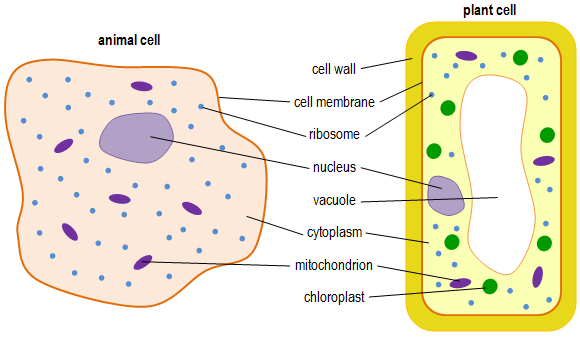Biology
The 12 Year 9 biology topics
- 4.1.1.1 - The structure of animal and plant cells
- 4.1.1.2 - Comparison of Eukaryote and Prokaryote structure; understanding of the scale and size of cells able to make order of magnitude calculations, including the use of standard form
- 4.1.1.3 - How the structure of specialised cells relates to their function including but not limited to
- - sperm cells, nerve cells and muscle cells in animals
- root hair cells, xylem and phloem cells in plants - 4.1.1.4 - The process and importance of cell differentiation
- 4.1.1.5 - How has microscopy developed over time
How has electron microscopy increased understanding of sub-cellular structures
Calculations of magnification and object size including representing numbers in standard form
Required practical 1; Use a light microscope to observe, draw and label a biological specimen - 4.1.3.1 - Transport in cells; Diffusion
- 4.1.3.2 - Osmosis
Required practical 3; An investigation into the effect of a range of salt or sugar solutions on the mass of plant tissue - 4.1.3.3 - Active transport
- 4.2.1 - The principles of organisation
- 4.2.2.1 - The human digestive system including enzyme action
Required practical 4; The use qualitative reagents to test for a range of carbohydrates, lipids and proteins.
(Benedict's test for sugars, iodine test for starch and Biuret reagent for protein)
Required practical 5; The effect of pH on the rate of reaction of the enzyme amylase - 4.2.3.1 - How are the structure of plant tissues are related to their function
- 4.2.3.2 - How are the structure of root hair cells, xylem and phloem are adapted to their functions
How does changing temperature, humidity, air movement and light intensity affect the rate of transpiration
Throughout the entirety of this page, there will be images, videos and explanation to help you understand these topics in the order that we were taught them, starting from:
4.1.1.2 - The structure of animal and plant cells

Here, you will learn about the organelles that form plant and animal cells and the functions of each.